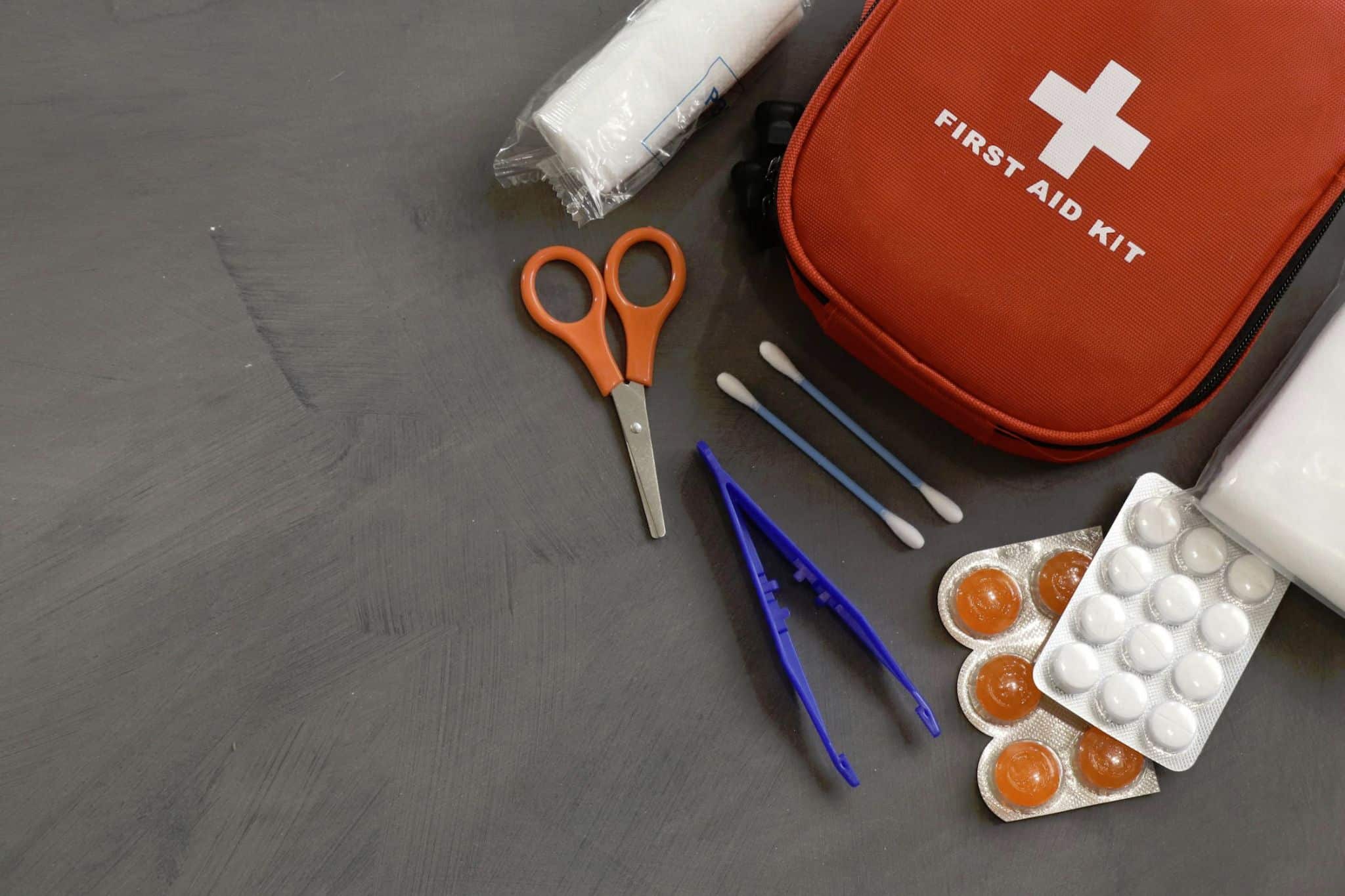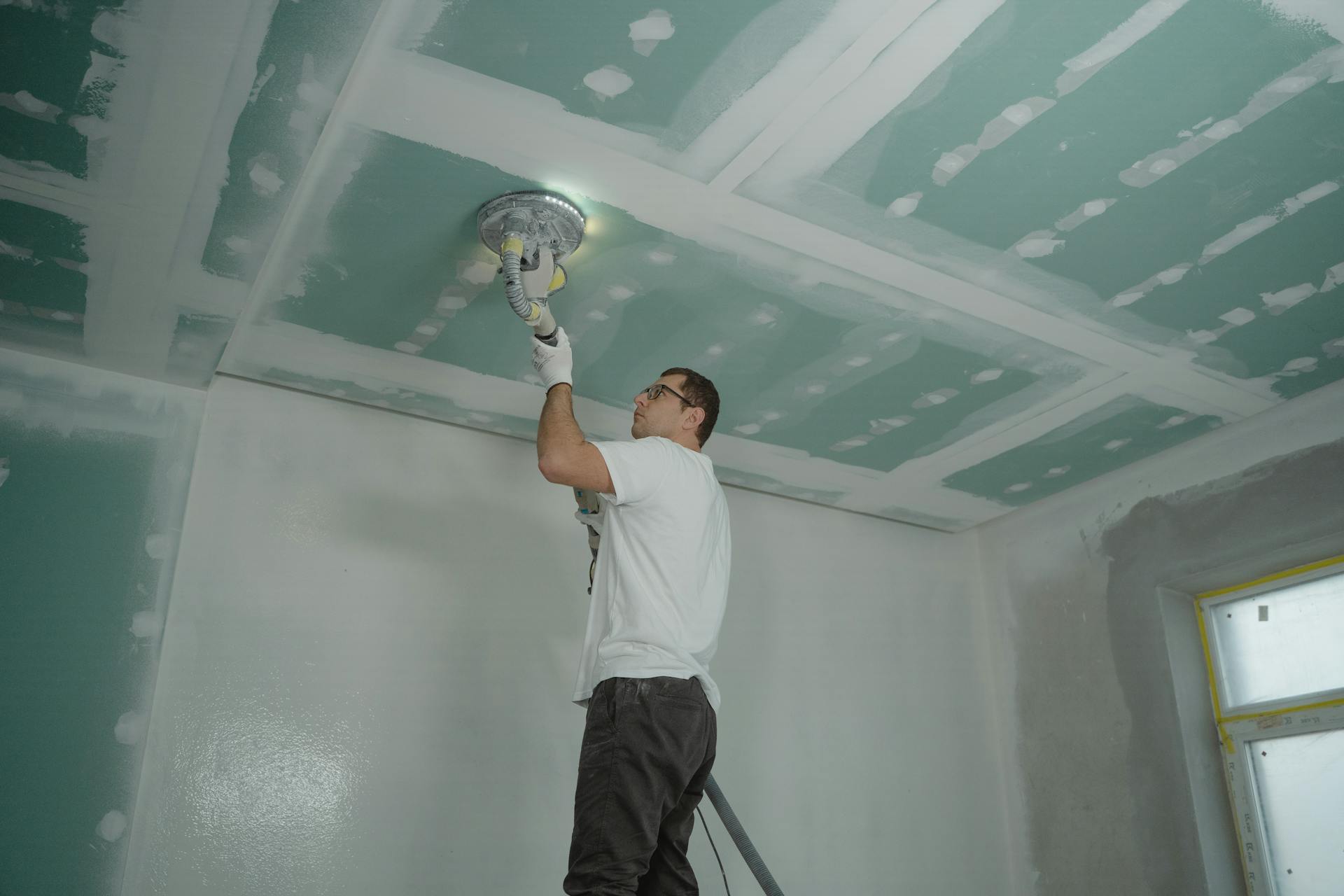How To Create an Emergency Plan for Your Home
Calamity can strike unexpectedly in even the most well-managed home, so it’s your responsibility to hope that things turn out fine, while having a plan in place to keep you and your family as safe as possible if things do go wrong.
With that in mind, here are a few tips on how to put such a plan together, and what you need to include as part of this to minimize risks comprehensively.
Identifying Potential Risks and Threats
Identifying potential risks is the first step in preparing for emergencies. Each region faces different threats, from earthquakes and hurricanes to floods and wildfires. Knowing which apply to your home will inform what you do next.
Begin with local weather and environmental hazards. If it’s earthquake-prone, research structural safety tips as a priority. If it’s in a flood zone, you’ll know that you need to elevate your most prized belongings to keep them out of harm’s way.
This might sound over the top, but there have already been 19 disaster events which cost over $1 billion to recover from this year alone. So they’re more common than you might assume.
Think about human-made risks too, such as:
- Fire outbreaks
- Chemical spills
- Power outages
Also, include personal health crises at this stage. Identify medical needs within your family, and stock medications accordingly.
Moreover, connect with local emergency services or community groups for firsthand insights into prevalent regional issues. It’s also a good move to have the contact information of a local lawyer on hand for support if accidents occur, whether in the home or outside of it.
For instance, if you or a family member are involved in a collision on the roads, being able to quickly contact an attorney who’s experienced in handling the aftermath of automobile accidents will give you complete peace of mind.
All of this effort will be worthwhile because awareness equips you with foresight and reduces panic when emergencies arise.
Creating a Family Communication Plan

Effective communication is crucial during emergencies. Establish a plan that ensures all family members know how to connect if separated.
Start by designating an out-of-town contact. This person becomes the central hub for information exchange when local lines are jammed. Consider digital platforms like messaging apps, which can work over Wi-Fi even when phone networks fail.
Also, prepare an easy-to-understand call list, featuring:
- Emergency contacts
- Work and school numbers
- Key neighbors
Regularly update and distribute this list to every family member. Practice using these communication methods through periodic check-ins or mock scenarios.
Create a group chat exclusively for emergency updates or use apps designed for disaster management to share real-time alerts with everyone involved.
If young children are part of your household, make sure they memorize key phone numbers as backup. You should also factor in the likelihood of emergencies when childproofing your home, as you don’t want precautions like stair gates becoming a hindrance if you need to leave quickly in an emergency.
Assembling an Emergency Supply Kit
Every household needs a robust emergency supply kit. So as well as aiming to exceed the average personal savings rate of 4.51%, you must set aside time to get some tangible items together to keep your household afloat if things get rough.
Begin by gathering basic necessities. Non-perishable food and water should last at least three days per person. A manual can opener and utensils come in handy too.
Include first-aid supplies, like bandages and antiseptics, to tackle minor injuries immediately.
Also consider personal items that are often overlooked, including:
- Flashlights with spare batteries
- Multi-tools or Swiss Army knives
- Local maps
Don’t forget about prescriptions, hygiene products, and pet supplies if applicable. An extra phone charger could prove invaluable if power cuts occur for prolonged periods.
Stash all these essentials in an easily accessible spot like a designated closet or garage area. Lastly, check your kit annually to replace expired goods or update contents based on changing family needs.
The Bottom Line
It’s not much fun to think about what disasters might befall your home and the people who live within it, but it’s much worse to keep your head buried in the sand and have to get through emergencies without any type of preparation in place when they do inevitably arise. Take these tips to heart, however, and you’ll be on firmer footing whatever life throws at you.







